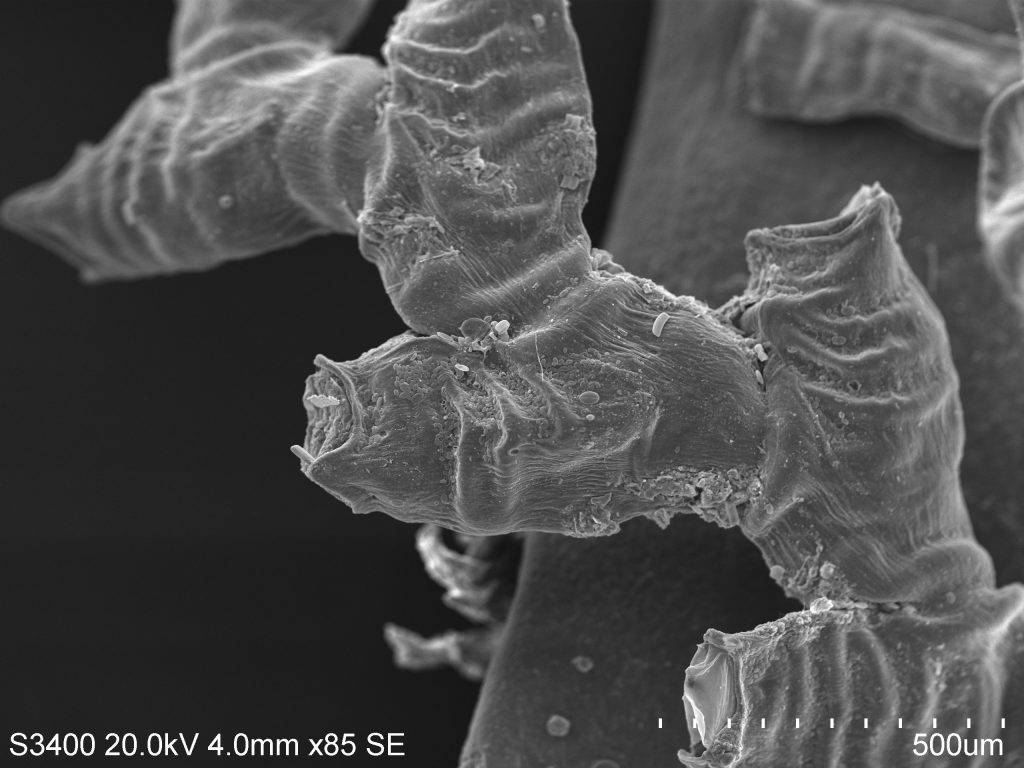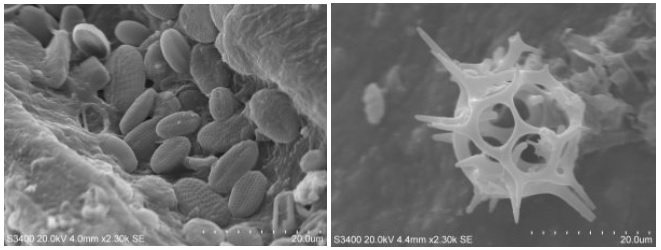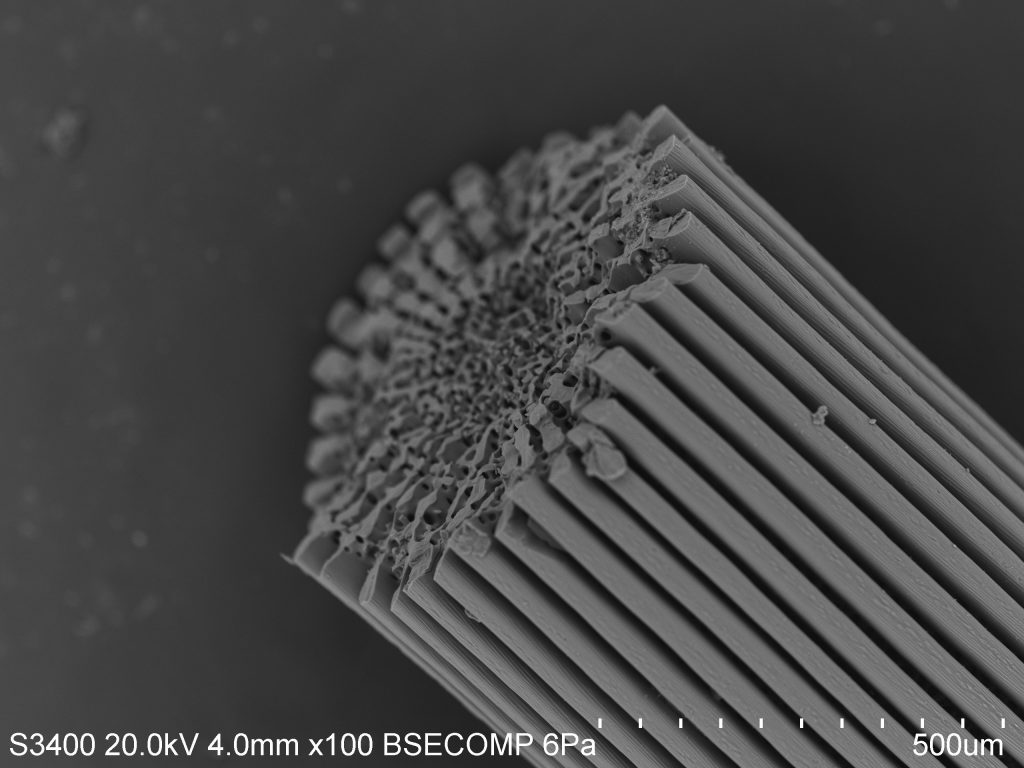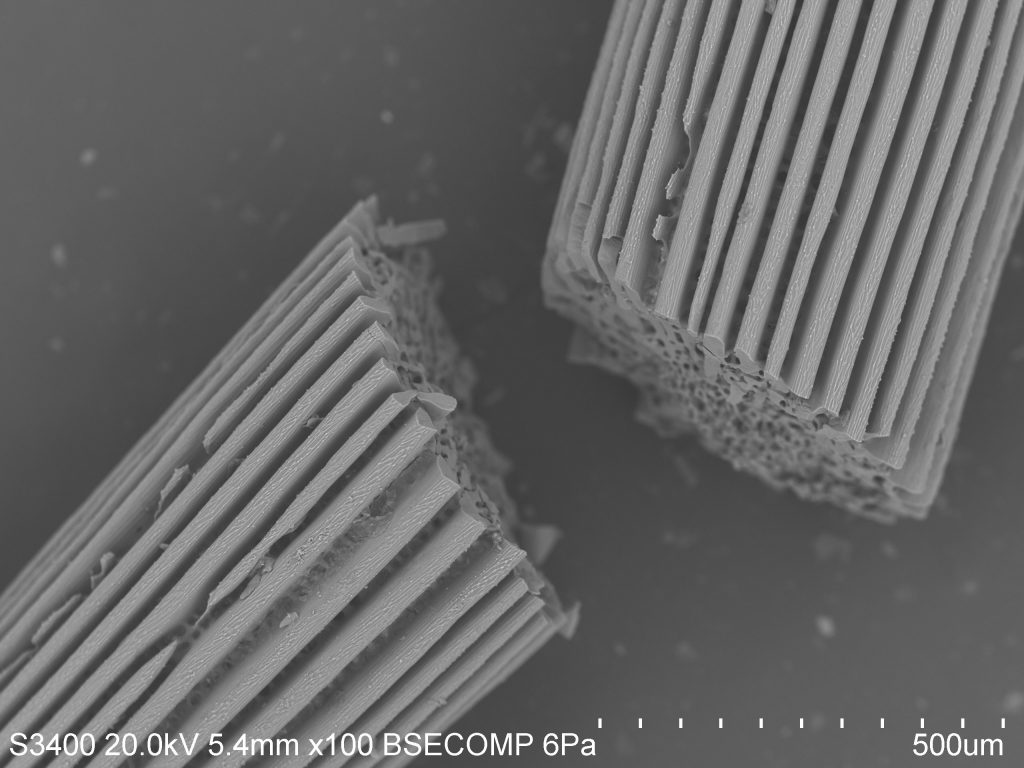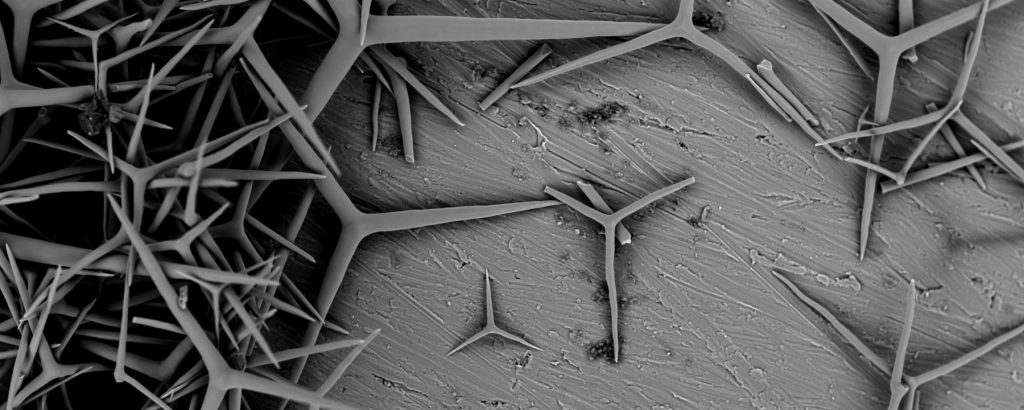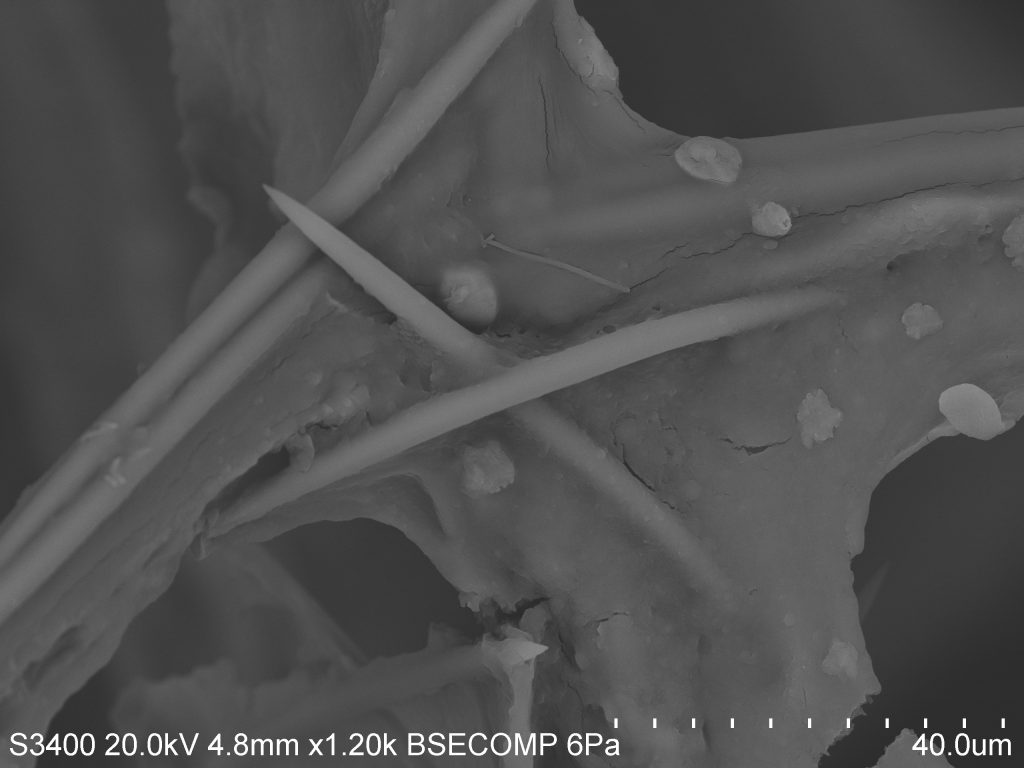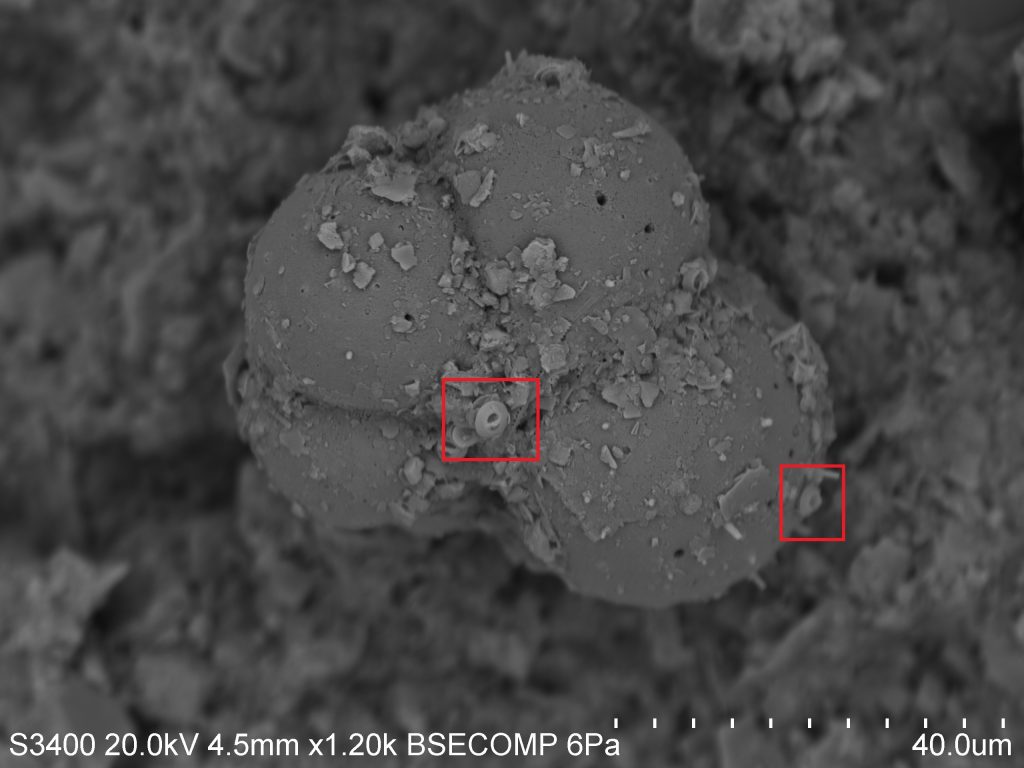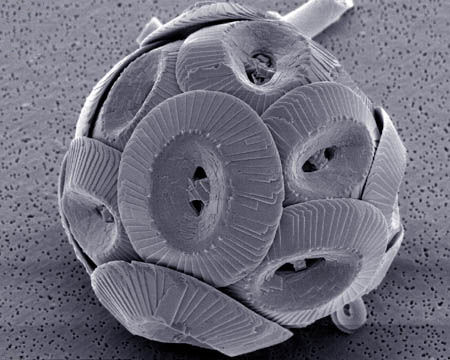Today, we're going to look at a member of the Cniderian phylum, named after the Greek word for "nettle" in reference to their special stinging cells, the nematocyst. You probably think of jelly fish when you think of stinging sea creatures, but Cniderians consist of four subgroups: the Scyphozoa (jellies), the Cubozoa (box jellies), the Anthozoa (sea anemones), and Hydrozoa (hydriods).
Most hydrozoans are fairly inconspicuous. You probably know them as the fuzzy masses you see growing on pilings and boat-bottoms. While most are fairly harmless, there are some capable of delivering a fairly painful sting. For this discussion we're going to be focusing on colonial hydroids. In these communal groupings, individual polyps are connected and share resources through a hydrocaulus. Colonial hydriods have specialized individuals, or "zooids," that exist to fulfill a specific need in the colony. For example, the most common type of zooid is a gastrozooid, which provides the colony with food. Gonozooids are used in reproduction, while in some species nematocyst-filled cells called cnidocytes aid in defense.
These SEM photos below show the chitonous exoskelton, or perisarc, of the colonial hydroid Obelia. This species is well-studied by scientists and is commonly used in zoology classes to describe the basic hydroid body plan and life cycle. The main body of the colony is composed of living tissue known as the coenosarc, which is covered by the perisarc. Colonies can grow in a variety of patterns, which are often used for identification purposes. Obelia, for example, demonstrates the branching pattern some hydroids adopt, while others grow vertically off of a common stolon.
Both body forms indicative of the greater Cniderian grouping, the medusa and the polyp, are present in this species. Medusae are released from the gonozooids, producing free-swimming medusae velum with gonads, a mouth, and tentacles. The medusae reproduce sexually, releasing sperm and eggs that fertilize to form a zygote, which later morphs into a blastula, then a ciliated swimming larva called a planula. The planulae live as free-swimming members of the planktonic community before eventually attaching themselves to a solid surface, where they begin their reproductive phase of life. Once attached to a substrate, a planula quickly develops into one feeding polyp. As the polyp grows, it begins developing branches of other feeding individuals, thus forming a new generation of polyps by asexual budding.
If you read Elizabeth's recent post regarding crustose coralline algae, you saw that it's very common to find unexpected organisms associated with your target species. As I was imaging this hydroid sample, I came across a few stow-aways that were too interesting not to include. On the left is a cluster of diatoms, marine phytoplankton responsible for much of the primary production in our oceans. They are often used in analyzing sediments, as discussed in some of Jennifer's posts in this atlas. On the right is an unidentified planktonic organism. Even when it's not possible to ID something on site, we can use these images to make inferences regarding their life history. For example, spines such as these are thought to function in decreasing the rate of sinkage for these organisms. At such small sizes (not the scale), water represents a very viscous medium, and increasing surface area is one way to create drag and stay afloat.


